预约演示
更新于:2025-05-07

Instytut "Pomnik - Centrum Zdrowia Dziecka"
更新于:2025-05-07
概览
关联
25
项与 Instytut "Pomnik - Centrum Zdrowia Dziecka" 相关的临床试验NCT06935799
Effectiveness of One-Minute Versus Two-Minute Cryoanalgesia in Nuss Surgery: A Pilot Randomized Controlled Trial
Intercostal nerve cryoanalgesia has become a popular method for managing postoperative pain after Nuss procedure, showing greater effectiveness compared to epidural anesthesia and patient-controlled analgesia. However, the optimal duration of cryoanalgesia remains unknown. Most protocols use a two-minute cryoablation, although histological studies show similar changes with both one-minute and two-minute applications.
This is a pilot, single-center, randomized, double-blind study comparing the effectiveness of one-minute versus two-minute cryoanalgesia in treating pain in patients undergoing correction of pectus excavatum using the Nuss procedure. The aim of the project is to evaluate the validity of the research procedure and determine the sample size for the main study. Preliminary data on postoperative pain intensity, opioid consumption, duration of surgery, length of hospital stay, and complications will be analyzed.
This is a pilot, single-center, randomized, double-blind study comparing the effectiveness of one-minute versus two-minute cryoanalgesia in treating pain in patients undergoing correction of pectus excavatum using the Nuss procedure. The aim of the project is to evaluate the validity of the research procedure and determine the sample size for the main study. Preliminary data on postoperative pain intensity, opioid consumption, duration of surgery, length of hospital stay, and complications will be analyzed.
开始日期2025-04-25 |
CTIS2023-509775-16-00
Assessment of the safety and effectiveness of vedolizumab induction therapy compared to standard infliximab therapy in pediatric patients with ulcerative colitis VEDI-UC” - VEDI-UC
开始日期2024-11-20 |
NCT06614387
Assessment of Safety and Efficacy of Vedolizumab in Pediatric Uclerative Colitis in Comparison With Standard Biological Therapy With Infliximab
This is a multicenter, double-blind, randomized study to compare the safety, effectiveness and immunogenicity (antibodies against drug) of two biological drugs administered intravenously - vedolizumab (a drug not registered in pediatric patients) and infliximab (used as standard therapy), in pediatric patients with UC aged 6-18 years.
Before enrollment to the study, informed consent must be obtained from the participant's legal guardian and, additionally, from the participant aged >16 years before any procedures are performed.
Before enrollment to the study, informed consent must be obtained from the participant's legal guardian and, additionally, from the participant aged >16 years before any procedures are performed.
开始日期2024-10-01 |
100 项与 Instytut "Pomnik - Centrum Zdrowia Dziecka" 相关的临床结果
登录后查看更多信息
0 项与 Instytut "Pomnik - Centrum Zdrowia Dziecka" 相关的专利(医药)
登录后查看更多信息
1,886
项与 Instytut "Pomnik - Centrum Zdrowia Dziecka" 相关的文献(医药)2025-12-01·Child's Nervous System
Meningeal melanocytoma of the central nervous system in children
Review
作者: Grajkowska, Wieslawa ; Trubicka, Joanna ; Antkowiak, Lukasz ; Luszawski, Jerzy ; Mandera, Marek
2025-05-01·The Lancet Regional Health - Europe
Early-life growth and emotional, behavior and cognitive outcomes in childhood and adolescence in the EU child cohort network: individual participant data meta-analysis of over 109,000 individuals
Article
作者: Guerlich, Kathrin ; Lozano, Manuel ; Beneíto, Andrea ; Jaddoe, Vincent W V ; Yang, Tiffany C ; Gaillard, Romy ; Verduci, Elvira ; Elhakeem, Ahmed ; Lertxundi, Aitana ; Vrijheid, Martine ; Blaauwendraad, Sophia ; Koletzko, Berthold ; Soares, Ana Gonçalves ; Etienne, Louise ; Vainqueur, Chloe ; Gruszfeld, Dariusz ; Tafflet, Muriel ; Strandberg-Larsen, Katrine ; Santorelli, Gillian ; de Groot, Jasmin ; García-Baquero Moneo, Gonzalo ; Wright, John ; Avraam, Demetris ; El Marroun, Hanan ; McEachan, Rosie ; Gonçalves, Romy ; Heude, Barbara ; Guxens, Monica ; Escribano, Joaquin ; Grote, Veit ; Charles, Marie-Aline ; Welten, Marieke ; Pinot de Moira, Angela
2025-04-01·Pediatric Nephrology
Haemolytic uremic syndrome as a cause of chronic kidney disease stage 5 in children is in retreat: results from the Polish Registry of Kidney Replacement Therapy in children (2000–2023)
Article
作者: Zachwieja, Katarzyna ; Rubik, Jacek ; Szczepańska, Maria ; Bieniaś, Beata ; Musielak, Anna ; Taranta-Janusz, Katarzyna ; Adamczyk-Kipigroch, Hanna ; Zagożdżon, Ilona ; Makulska, Irena ; Bratkowska, Monika ; Leszczyńska, Beata ; Niwińska, Katarzyna ; Żurowska, Aleksandra
1
项与 Instytut "Pomnik - Centrum Zdrowia Dziecka" 相关的新闻(医药)2023-12-18
FOSTER CITY, Calif.--(
BUSINESS WIRE
)--Mirum Pharmaceuticals, Inc. (Nasdaq: MIRM), today announced top-line results of the Phase 2 EMBARK study evaluating LIVMARLI® (maralixibat) oral solution versus placebo given as an adjuvant therapy to Kasai surgery in patients with biliary atresia. The study did not meet its primary endpoint of mean change in bilirubin from baseline to Week 26, or the key secondary endpoints. Baseline characteristics were well-balanced between the groups. LIVMARLI was generally well-tolerated, with no new safety findings.
“We are disappointed in the outcome of the study in this post-surgery, high-need disease setting,” said Chris Peetz, president and chief executive officer at Mirum. “We are grateful to the patients, families, and clinicians who participated in the study and advanced the science around this rare liver disease.”
About the EMBARK Study
The Phase 2b EMBARK study is a randomized, double-blind, placebo-controlled clinical trial evaluating the safety and efficacy of LIVMARLI® (maralixibat) oral solution in patients with biliary atresia who have undergone a Kasai surgery. Patients enrolled in the study were ≥21 days old and <90 days old at the time of the Kasai surgery and had a clinical diagnosis of biliary atresia; patients underwent a Kasai surgery within three weeks prior to randomization in EMBARK. The primary endpoint was mean change in total bilirubin through Week 26, followed by secondary endpoints including mean change in total serum bile acids, and proportion of patients who required liver transplant or had another liver related event over the 26 weeks.
IMPORTANT SAFETY INFORMATION
LIVMARLI can cause side effects, including:
Changes in liver tests
. Changes in certain liver tests are common in patients with Alagille syndrome and can worsen during treatment with LIVMARLI. These changes may be a sign of liver injury and can be serious. Your healthcare provider should do blood tests before starting and during treatment to check your liver function. Tell your healthcare provider right away if you get any signs or symptoms of liver problems, including nausea or vomiting, skin or the white part of the eye turns yellow, dark or brown urine, pain on the right side of the stomach (abdomen) or loss of appetite.
Stomach and intestinal (gastrointestinal) problems.
LIVMARLI can cause stomach and intestinal problems, including diarrhea, stomach pain, and vomiting during treatment. Tell your healthcare provider right away if you have any of these symptoms more often or more severely than normal for you.
A condition called
Fat Soluble Vitamin (FSV) Deficiency
is caused by low levels of certain vitamins (vitamin A, D, E, and K) stored in body fat. FSV deficiency is common in patients with Alagille syndrome but may worsen during treatment. Your healthcare provider should do blood tests before starting and during treatment.
Other common side effects reported during treatment were gastrointestinal bleeding and bone fractures.
US Prescribing Information
EU SmPC
Canadian Product Monograph
About Mirum Pharmaceuticals, Inc.
Mirum Pharmaceuticals, Inc. is a biopharmaceutical company dedicated to transforming the treatment of rare diseases affecting children and adults. Mirum has three approved medications:
LIVMARLI® (maralixibat) oral solution
,
Cholbam® (cholic acid) capsules,
and
Chenodal® (chenodiol) tablets.
LIVMARLI, an IBAT inhibitor, is approved for the treatment of cholestatic pruritus in patients with Alagille syndrome in the U.S. (three months and older), in Europe (two months and older), and in Canada. Mirum has also submitted LIVMARLI for approval in the U.S. in cholestatic pruritus in PFIC patients three months of age and older and in Europe in PFIC for patients two months of age and older. Cholbam is FDA-approved for the treatment of bile acid synthesis disorders due to single enzyme defects and adjunctive treatment of peroxisomal disorders in patients who show signs or symptoms or liver disease. Chenodal has received medical necessity recognition by the FDA to treat patients with cerebrotendinous xanthomatosis (CTX).
Mirum’s late-stage pipeline includes two investigational treatments for debilitating liver diseases. Volixibat, an IBAT inhibitor, is being evaluated in two potentially registrational studies including the Phase 2b
VISTAS
study for primary sclerosing cholangitis and Phase 2b
VANTAGE
study for primary biliary cholangitis. Lastly, Chenodal, has been evaluated in a Phase 3 clinical study, RESTORE, to treat patients with CTX.
To learn more about Mirum, visit mirumpharma.com and follow Mirum on
Facebook
,
LinkedIn
,
Instagram
and
Twitter
.
Forward-Looking Statements
Statements contained in this press release regarding matters that are not historical facts are “forward-looking statements” within the meaning of the Private Securities Litigation Reform Act of 1995. Such forward-looking statements include statements regarding, among other things Mirum’s clinical strategy, the therapeutic potential of IBATs in biliary atresia and any potential path forward for LIVMARLI in biliary atresia as well as the progress of Mirum’s ongoing and planned studies for its product candidates and the regulatory approval path for its product candidates globally. Because such statements are subject to risks and uncertainties, actual results may differ materially from those expressed or implied by such forward-looking statements. Words such as “forward,” “planned,” “poised,”, “positioned” “potential”, “will” and similar expressions are intended to identify forward-looking statements. These forward-looking statements are based upon Mirum’s current expectations and involve assumptions that may never materialize or may prove to be incorrect. Actual results could differ materially from those anticipated in such forward-looking statements as a result of various risks and uncertainties, which include, without limitation, risks and uncertainties associated with Mirum’s business in general, the impact of the COVID-19 pandemic, and the other risks described in Mirum’s filings with the Securities and Exchange Commission. All forward-looking statements contained in this press release speak only as of the date on which they were made and are based on management’s assumptions and estimates as of such date. Mirum undertakes no obligation to update such statements to reflect events that occur or circumstances that exist after the date on which they were made, except as required by law.
临床2期上市批准临床结果临床3期
100 项与 Instytut "Pomnik - Centrum Zdrowia Dziecka" 相关的药物交易
登录后查看更多信息
100 项与 Instytut "Pomnik - Centrum Zdrowia Dziecka" 相关的转化医学
登录后查看更多信息
组织架构
使用我们的机构树数据加速您的研究。
登录
或
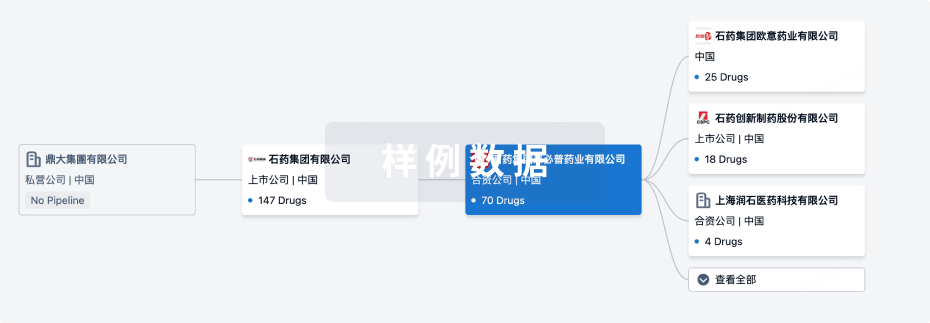
管线布局
2025年09月04日管线快照
无数据报导
登录后保持更新
药物交易
使用我们的药物交易数据加速您的研究。
登录
或

转化医学
使用我们的转化医学数据加速您的研究。
登录
或
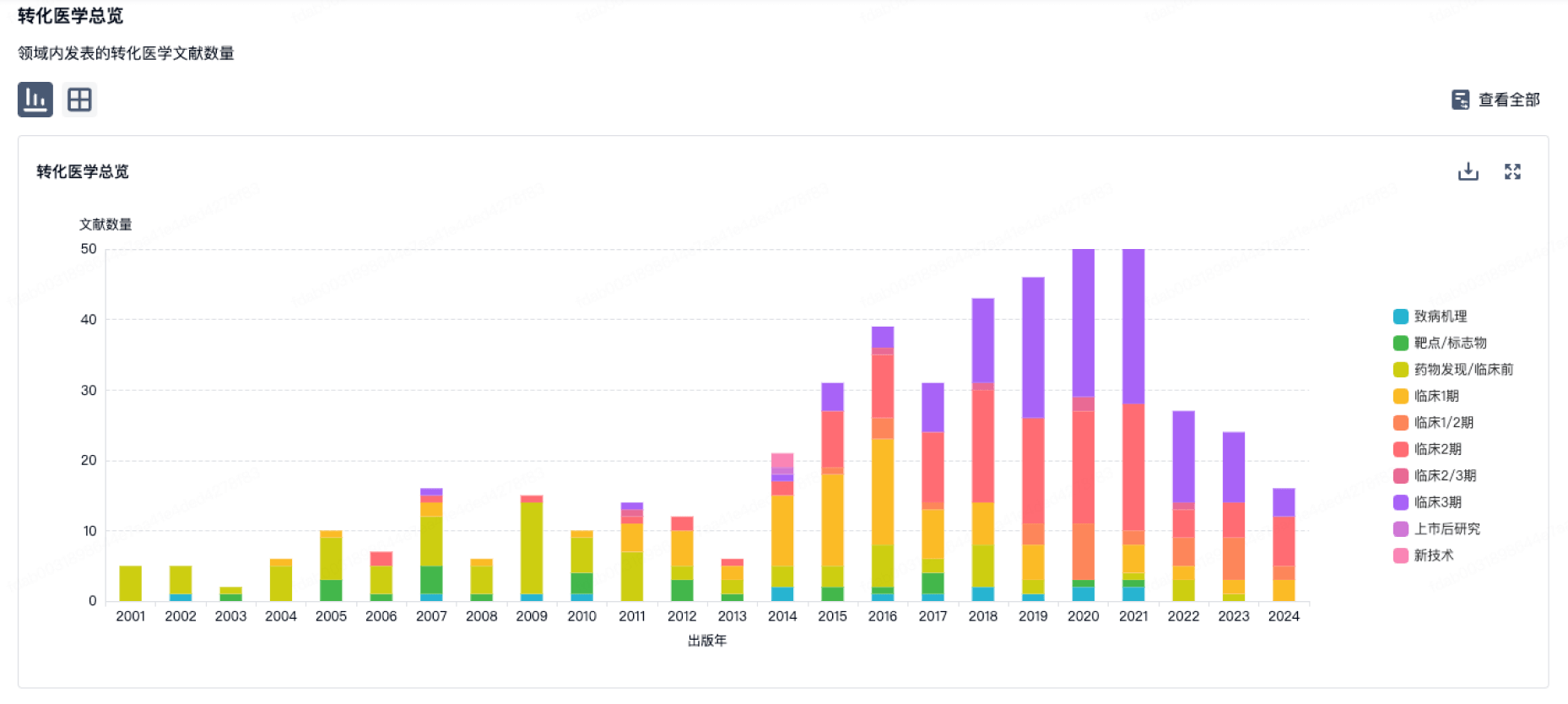
营收
使用 Synapse 探索超过 36 万个组织的财务状况。
登录
或
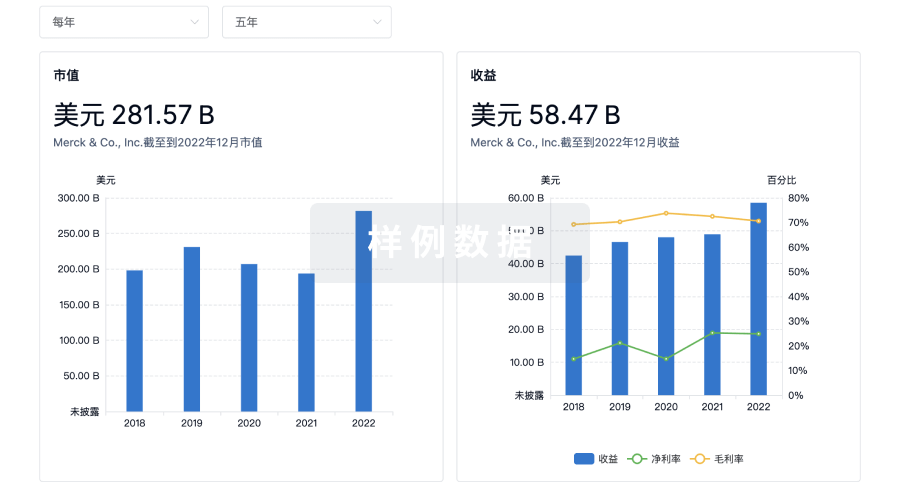
科研基金(NIH)
访问超过 200 万项资助和基金信息,以提升您的研究之旅。
登录
或
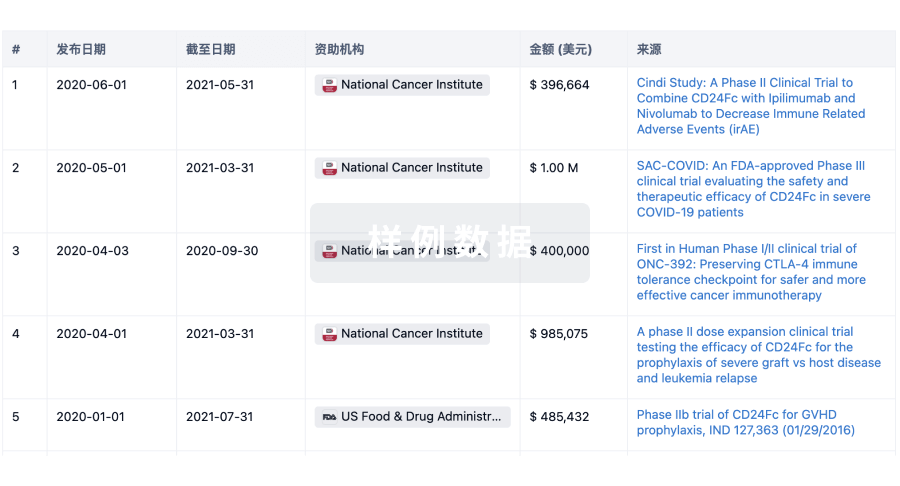
投资
深入了解从初创企业到成熟企业的最新公司投资动态。
登录
或
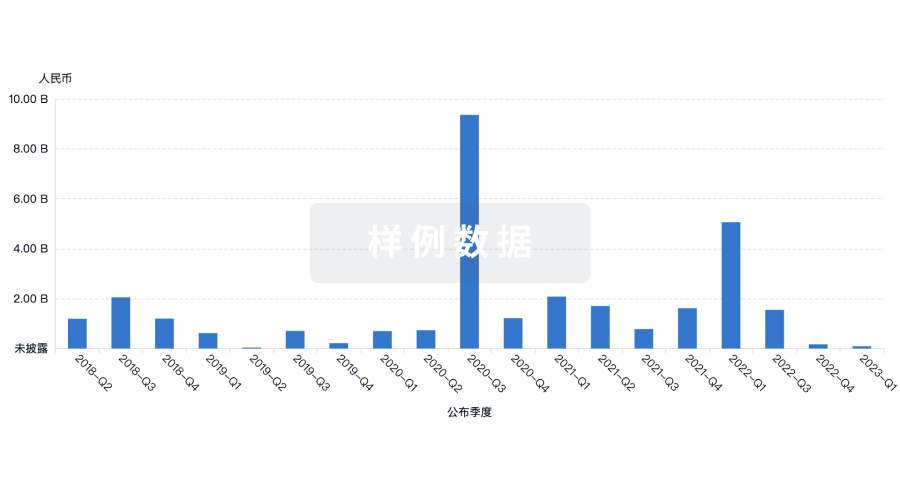
融资
发掘融资趋势以验证和推进您的投资机会。
登录
或
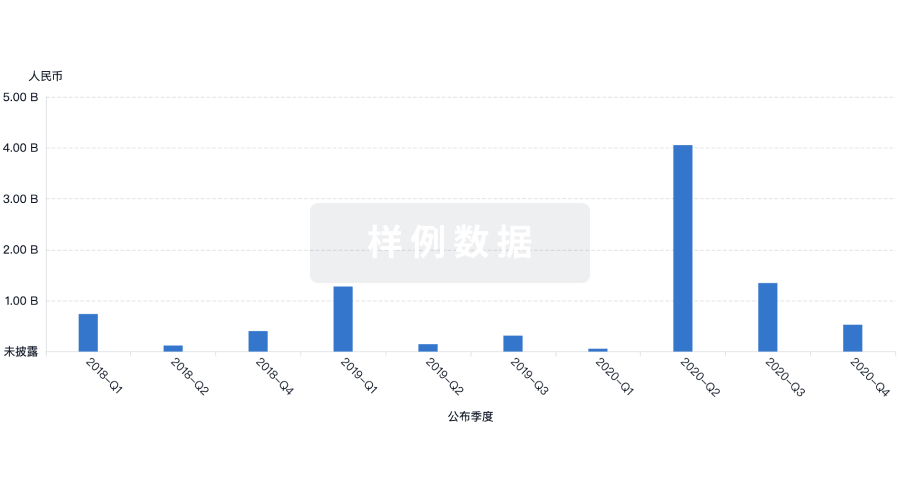
Eureka LS:
全新生物医药AI Agent 覆盖科研全链路,让突破性发现快人一步
立即开始免费试用!
智慧芽新药情报库是智慧芽专为生命科学人士构建的基于AI的创新药情报平台,助您全方位提升您的研发与决策效率。
立即开始数据试用!
智慧芽新药库数据也通过智慧芽数据服务平台,以API或者数据包形式对外开放,助您更加充分利用智慧芽新药情报信息。
生物序列数据库
生物药研发创新
免费使用
化学结构数据库
小分子化药研发创新
免费使用